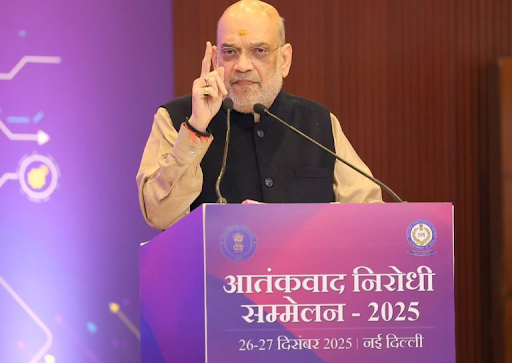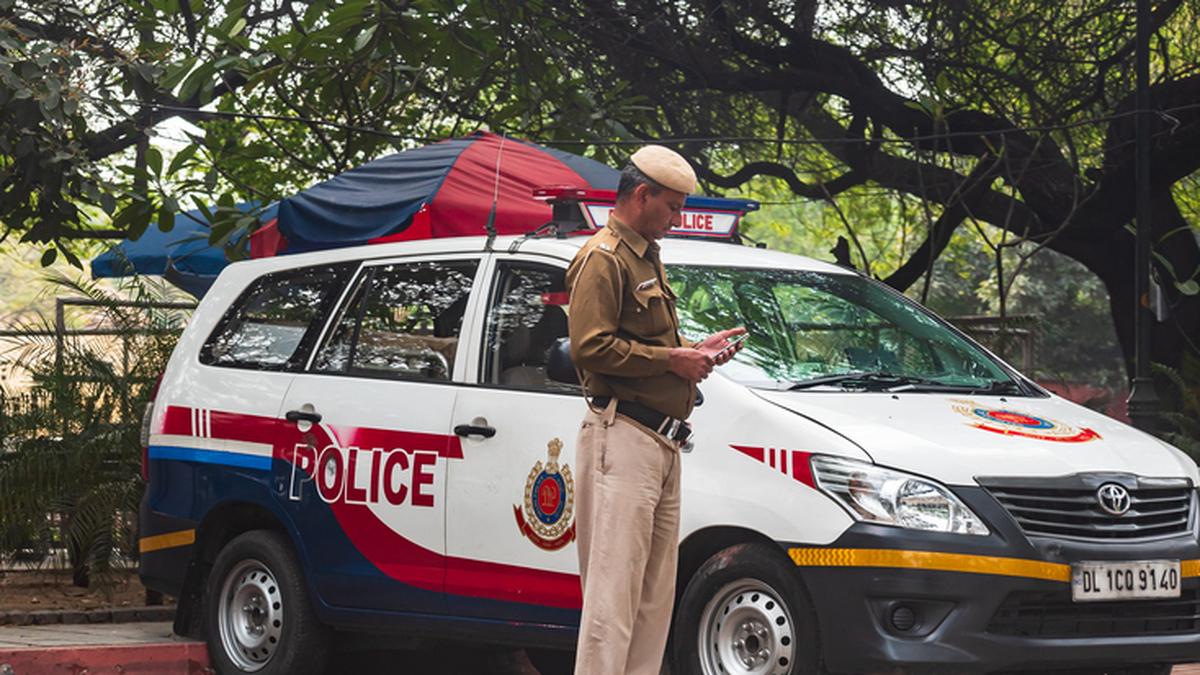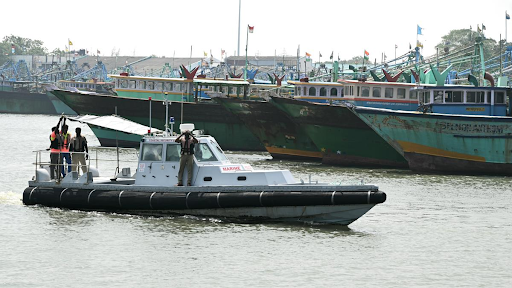




Source: HINDU
Disclaimer: Copyright infringement not intended.
On May 7 2025 India conducted precision strikes on terrorist infrastructure in Pakistan and Pakistan-Occupied Kashmir in response to the Pahalgam massacre.
The strikes were officially described by India's Foreign Secretary as measured and non-escalatory.
Pakistan condemned the action as a blatant act of war alleging civilian casualties.
UN Charter
Article 2(4): General prohibition on use of force against the territorial integrity or political independence of any state.
Article 51: Allows for individual or collective self-defence “if an armed attack occurs,” until the UN Security Council takes necessary measures.
Procedural Requirement
States must immediately report measures taken in self-defence to the UN Security Council.
India complied in part by briefing 13 of 15 UNSC members excluding Pakistan and Sierra Leone.
Charter Limitations
Article 51 traditionally applies to attacks by states, not non-state actors.
Judicial Interpretation
In Nicaragua v. USA (1986) and DRC v. Uganda (2005), the International Court of Justice ruled that Self-defence applies only when attacks are by or on behalf of a state.
India’s Attribution Strategy
India blamed Pakistan-trained terrorists and described Pakistan’s long-standing record of sponsoring cross-border terrorism.
This indicates India is attempting to attribute the attack to Pakistan to bring its actions under Article 51.
Concept
A state may use force in self-defence against non-state actors operating from another state’s territory if that host state is unwilling or unable to neutralize the threat.
Application in Practice
Used by the U.S. in:
2011: Killing Osama bin Laden in Pakistan.
2014: Strikes against ISIS in Syria.
India’s Position
Ambiguous but evolving:
In 2021 UNSC Arria Formula meeting, India outlined 3 conditions:
If read cumulatively, it requires state attribution.
India’s current actions suggest reliance on this doctrine without expressly endorsing it.
Customary Status
The doctrine remains contested and lacks sufficient state practice and opinio juris to be customary international law.
Necessity
Action must be taken only if no peaceful alternatives are available.
Host state’s inaction e.g., Pakistan may fulfil this requirement.
Proportionality
The use of force must be commensurate with the threat posed.
Two interpretations:
Narrow: Only what is required to repel the current attack.
Broad: Also includes actions to prevent future attacks.
India’s Compliance
India’s strikes targeted terrorist infrastructure only avoiding Pakistani military targets and Civilian areas.
Therefore likely met both necessity and proportionality standards.
If hostilities resume UNSC may adopt resolutions for ceasefire, sanctions or peacekeeping deployment.
However, action depends on Veto power and interests of P5 e.g., China’s alliance with Pakistan may block resolutions unfavorable to it.
Ambiguity in International Law
Unclear rules on non-state actors.
‘Unwilling or unable’ doctrine is not universally accepted.
Diplomatic Fallout
Lack of UNSC consensus can weaken India’s legal narrative.
Need for Consistency
India must clarify its stance on the ‘unwilling or unable’ doctrine to strengthen its legal position.
Sources:
|
PRACTICE QUESTION Q. In light of India's recent cross-border military action post the Pahalgam attack, critically examine how such responses are assessed under international law. 250 words |





© 2026 iasgyan. All right reserved